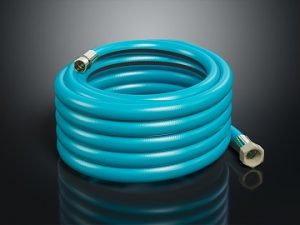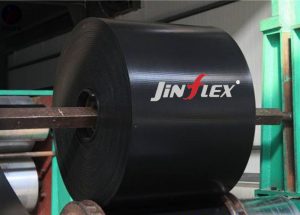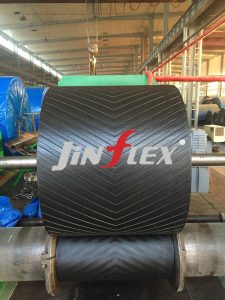Hose, this seemingly simple tubular rubber product, actually plays a pivotal role in modern industry. They are not only the transmission media for gas, liquid, slurry and even granular materials, but also the key to ensuring smooth industrial production.

The structure of the rubber hose is quite complex. It consists of inner and outer rubber layers and skeleton layers. The materials of the skeleton layer are rich and diverse, including hard cotton fiber, various synthetic fibers, as well as high-tech carbon fiber, asbestos and steel wire. These materials provide strong support and pressure resistance for the hose.
For general hoses, the inner and outer rubber layers are mostly made of high-quality materials such as natural rubber, styrene-butadiene rubber or butadiene rubber, ensuring the flexibility and durability of the hose. Hydraulic hose, as a special type of hose, has a more complex structure, consisting of an inner rubber layer, a middle rubber layer, a multi-layer steel wire winding reinforcement layer and an outer rubber layer. This structure allows the hydraulic hose to withstand higher pressures, protects the steel wire from erosion, and ensures that the steel wire layer acts as a reinforcing skeleton material.

In modern industry, hydraulic hoses have become an ideal choice for many equipment due to their ease of use, simple installation and stable performance. They not only improve production efficiency, but also provide a solid guarantee for the safety and stability of industrial production.


